Start of South Stream construction in Serbia on Sunday
The start of the South Stream pipeline section through Serbia, one of the largest investments in the country in several decades, will formally begin on Sunday.
Friday, 22.11.2013.
16:48

BELGRADE The start of the South Stream pipeline section through Serbia, one of the largest investments in the country in several decades, will formally begin on Sunday. The start of the work will be marked by welding the first two pipes in Sajkas, northern Serbia, but the work on the ground will begin in February next year. Start of South Stream construction in Serbia on Sunday Serbian President Tomislav Nikolic, Prime Minister Ivica Dacic, Russia's Energy Minister Alexander Novak and Gazprom CEO Alexey Miller will be at the formal ceremony marking the start of the construction. Three agreements related to the pipeline will be signed at the event, on transport, funding and declaring the section through Serbia a project of national interest. The construction of the 421 km long section through Serbia - an investment worth over EUR 1.9 billion - will provide work for 25,000 people directly and indirectly for another 100,000 employees of Serbian companies, Tanjug reported. The location and construction permits have been issued, and the tenders for the contractor will be invited by mid-December 2013. The construction will be done the joint venture South Stream Serbia, of which Gazprom owns 51 percent and Srbijagas 49. The construction of the pipeline in Serbia will take two years. According to Serbia's Minister of Energy Zorana Mihajlovic, "South Stream is one of the largest investments in Europe and the central infrastructure project of the region, which will enable Serbia to better protect its political, economic and energy interests." South Stream will raise Serbia's GDP by at least five percent, she pointed out. It will make Serbia the energy hub of the region, provide energy security and allow it to build power stations that work on natural gas. South Stream will enter Serbia from Bulgaria, near the eastern town of Zajecar, and exit near Subotica, in the north. There will be two junctions, one leading to Croatia and the other to the Serb Republic (RS) in Bosnia. Another "could lead to Macedonia and Kosovo," said Tanjug. The pipeline's capacity in Serbia will be 41 billion cubic metres of gas per year, of which Serbia will get around five billion cubic metres at first. (Tanjug) Tanjug
Start of South Stream construction in Serbia on Sunday
Serbian President Tomislav Nikolić, Prime Minister Ivica Dačić, Russia's Energy Minister Alexander Novak and Gazprom CEO Alexey Miller will be at the formal ceremony marking the start of the construction.Three agreements related to the pipeline will be signed at the event, on transport, funding and declaring the section through Serbia a project of national interest.
The construction of the 421 km long section through Serbia - an investment worth over EUR 1.9 billion - will provide work for 25,000 people directly and indirectly for another 100,000 employees of Serbian companies, Tanjug reported.
The location and construction permits have been issued, and the tenders for the contractor will be invited by mid-December 2013.
The construction will be done the joint venture South Stream Serbia, of which Gazprom owns 51 percent and Srbijagas 49.
The construction of the pipeline in Serbia will take two years.
According to Serbia's Minister of Energy Zorana Mihajlović, "South Stream is one of the largest investments in Europe and the central infrastructure project of the region, which will enable Serbia to better protect its political, economic and energy interests."
South Stream will raise Serbia's GDP by at least five percent, she pointed out.
It will make Serbia the energy hub of the region, provide energy security and allow it to build power stations that work on natural gas.
South Stream will enter Serbia from Bulgaria, near the eastern town of Zaječar, and exit near Subotica, in the north. There will be two junctions, one leading to Croatia and the other to the Serb Republic (RS) in Bosnia. Another "could lead to Macedonia and Kosovo," said Tanjug.
The pipeline's capacity in Serbia will be 41 billion cubic metres of gas per year, of which Serbia will get around five billion cubic metres at first.



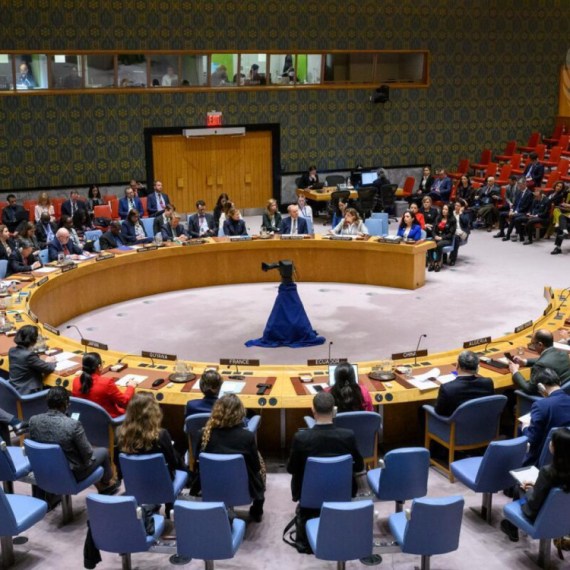


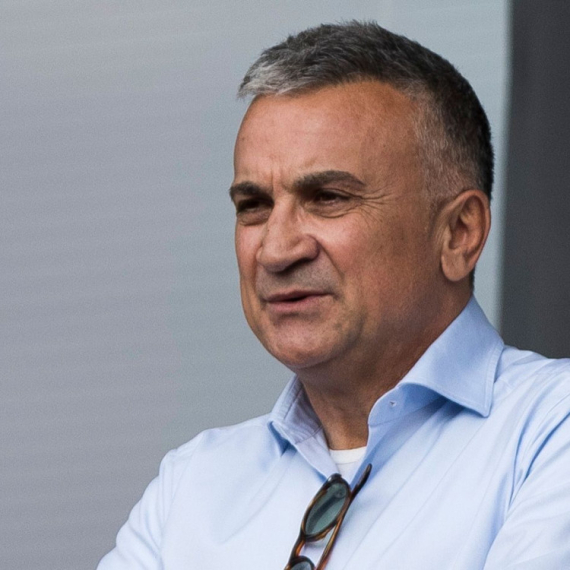





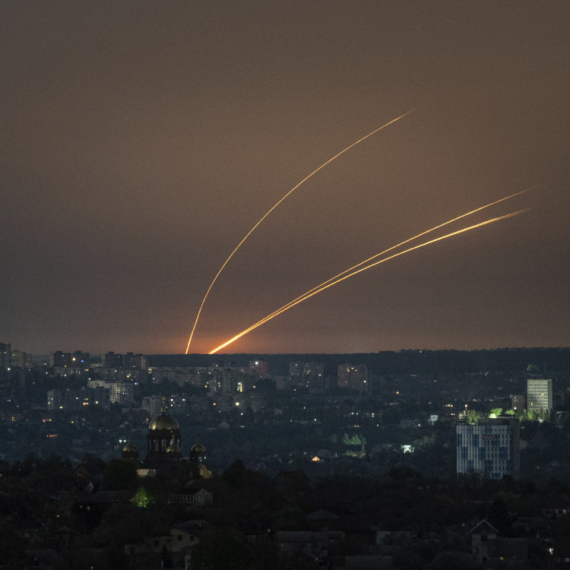


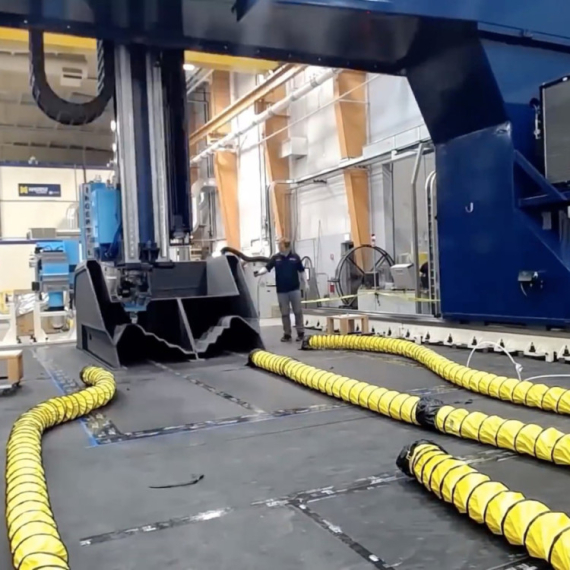









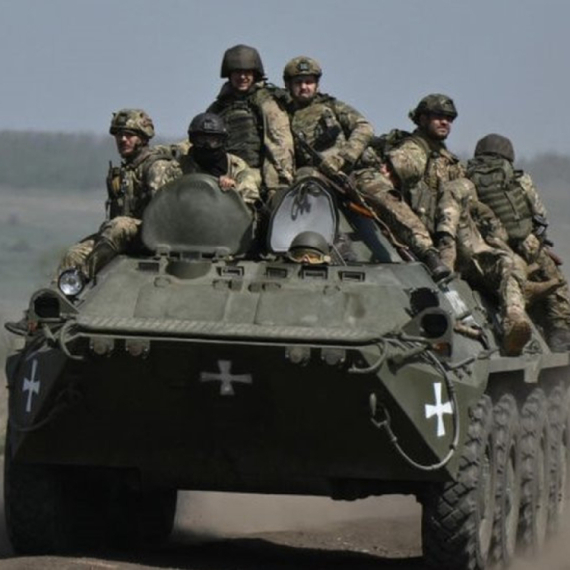

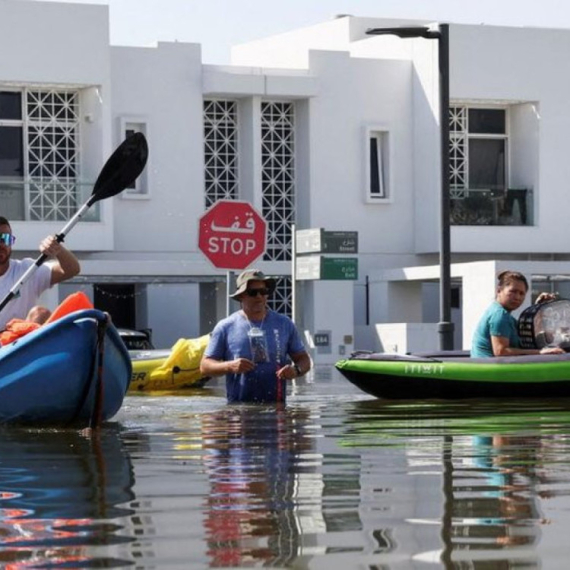



Komentari 7
Pogledaj komentare